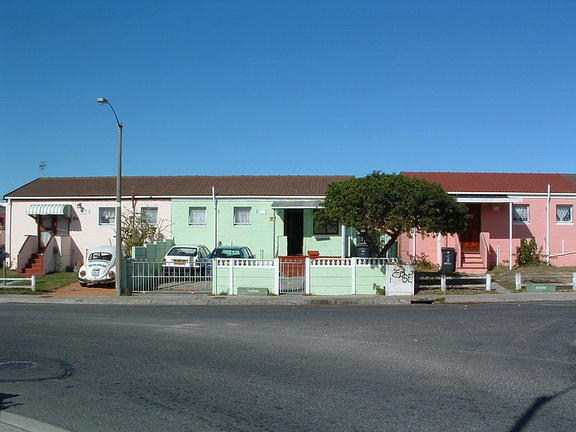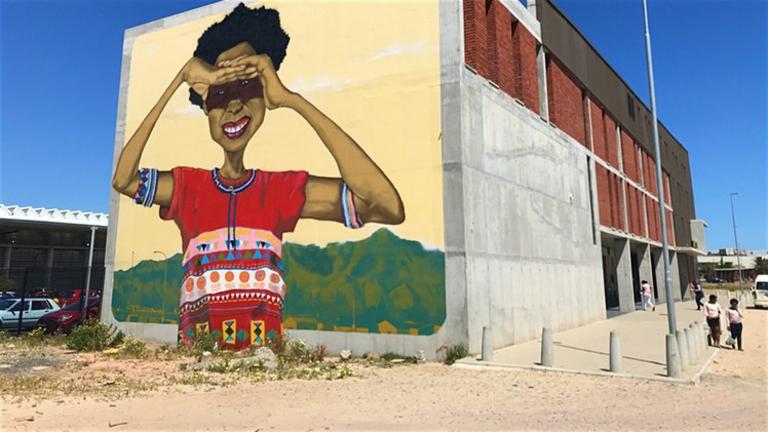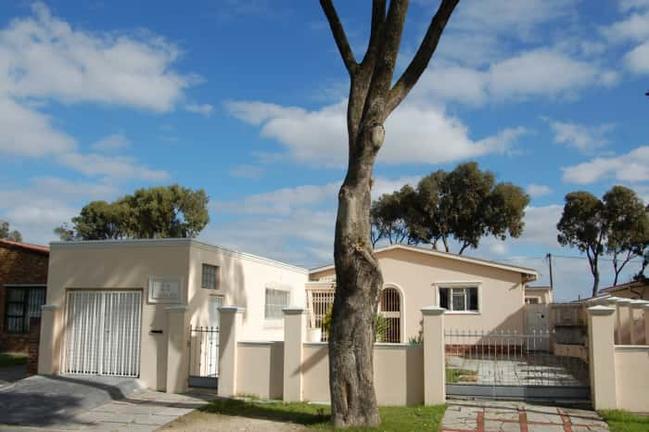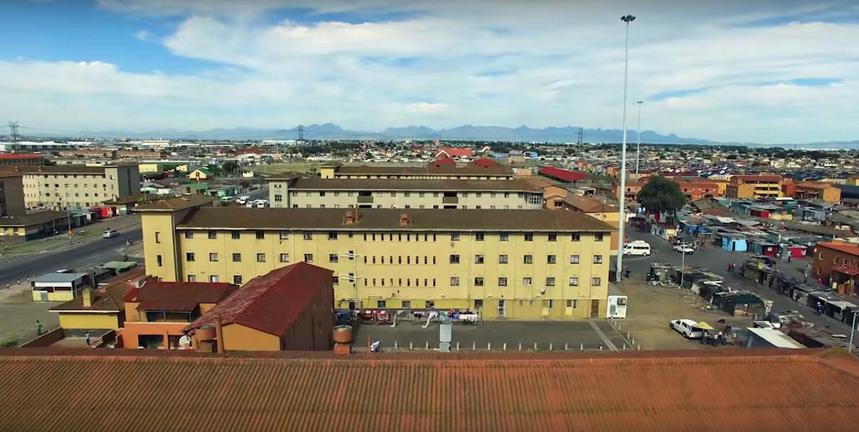Described fairly accurately as the 'dumping ground of apartheid' it was here that thousands of 'non-white' households were forced to move as a result of the Group Areas Act, and today it is home to over a million people who manage to eke out an existence in a combination of townships and informal settlements. Despite its origins, and the harsh conditions under which people still live, taking into account the present government’s housing initiatives, the area is totally unique and has emerged as a vibrant and culturally diverse part of the city that stands in strong contrast to the largely 'white' suburbs of Cape Town.
Add to this the pervasive 'Cape sense of humour' – the ability of people who live on the Flats to see the funny side of life – despite the odds, and you will have a better understanding of how the people of South Africa actually live. Yet, despite its association with flat sandy plains, the Cape Flats is also an extensive wetland and home to unique strandveld vegetation that has come under extreme urbanisation pressure.







